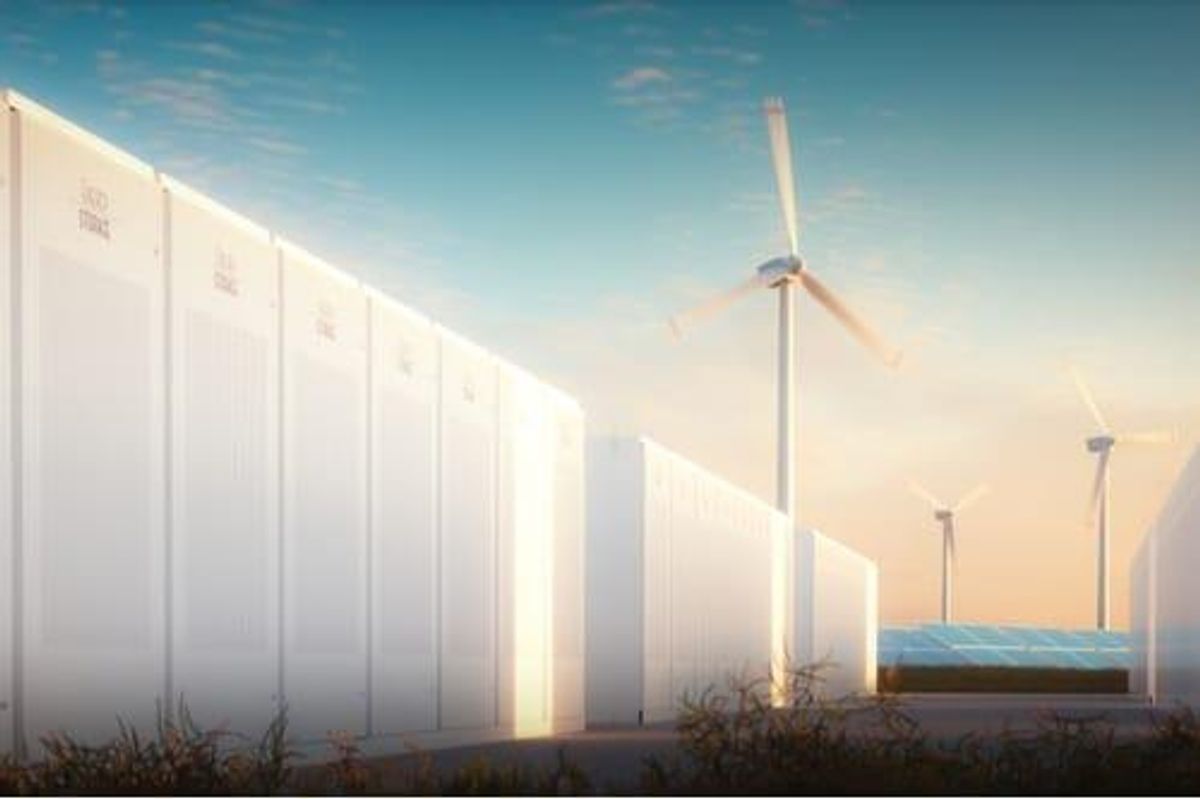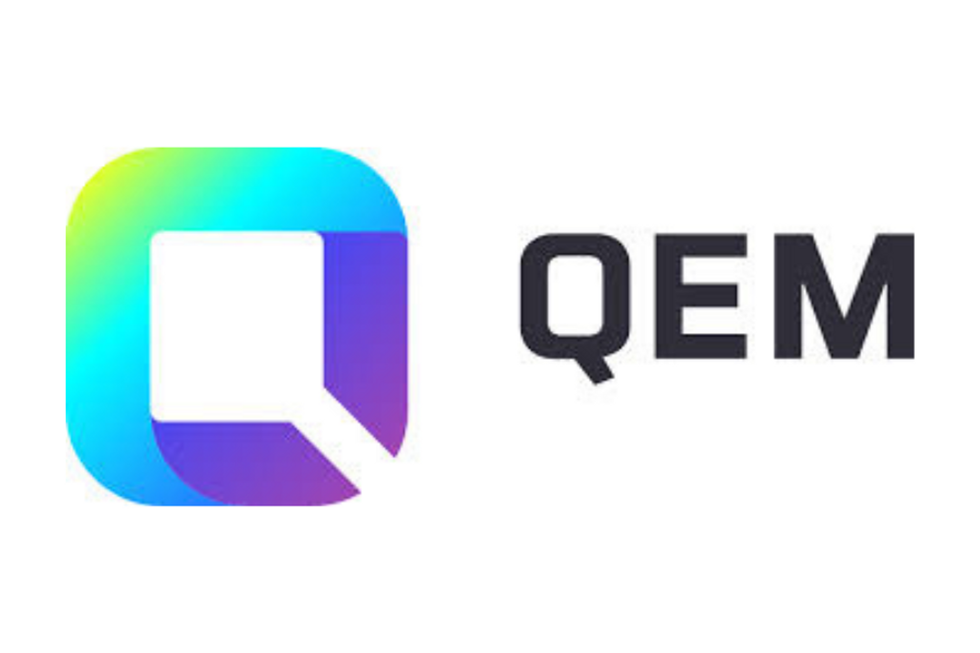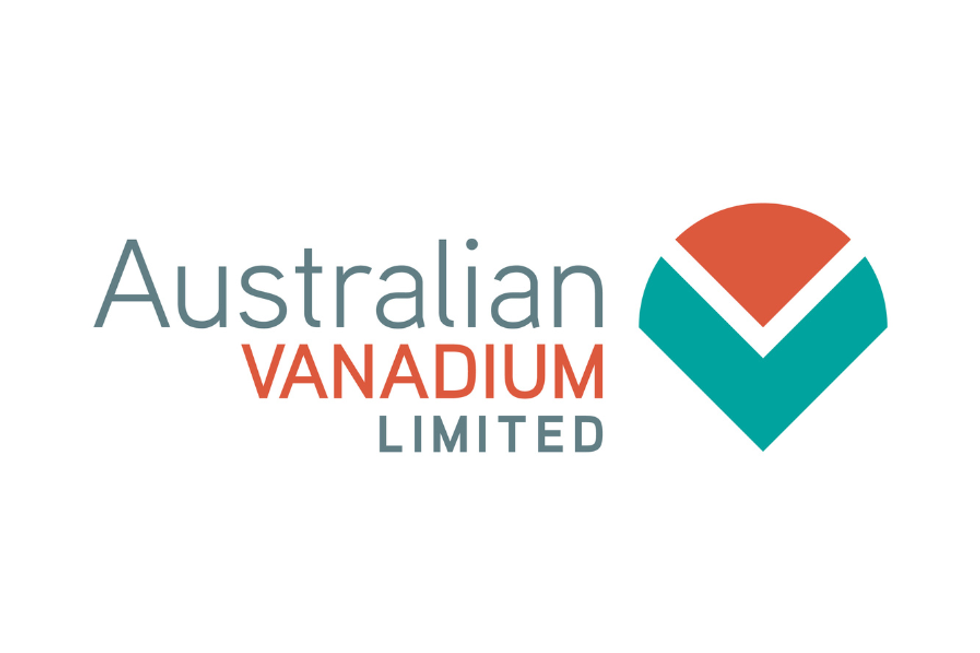Vanadium Market Update: H1 2021 in Review
What happened in the vanadium space in H1 2021? Here’s an overview of the main factors that impacted supply, demand and prices.

Click here to read the latest vanadium market update.
After a year of uncertainty, experts were expecting a demand improvement for the vanadium market in 2021, as economies recovered from the coronavirus pandemic.
Most vanadium production is used in China for steel applications, particularly the high-strength, low-alloy steel used to make construction rebar.
With the first half of the year now over, the Investing News Network (INN) caught up with analysts, economists and experts alike to find out what’s ahead for vanadium supply, demand and prices.
Vanadium market update: Price performance
Last year, the vanadium market had to navigate the uncertainty the coronavirus brought to every sector of the economy. That’s why at the end of 2020 a potential economic recovery was seen as a key catalyst for what could happen in the vanadium space.
Speaking with INN, Erik Sardain of Roskill said he was expecting prices to recover in the first half of 2021.
He pointed to what happened in 2020, when vanadium demand saw a slight increase. According to Roskill data, China saw a 7 percent year-on-year increase in demand from the steel sector, while the rest of the world saw an 8 percent decline.
“This has been a really wide divergence,” Sardain said, adding that steel still accounts for more than 90 percent of vanadium consumption. “So basically you have a very similar picture for vanadium — very strong demand in China and very weak in the rest of the world.”
By the end of the year, the rest of the world started to show some recovery in anticipation of economies reopening, vaccination plans and expectations for a post-COVID-19 world.
“I was expecting the recovery to be more straight over 2021 and 2022, and it appears that 2021 has been stronger than I thought,” Sardain said. “But that’s because the market expectations of a recovery were stronger than I anticipated.”
Commenting on how prices performed during the first months of the year, Willis Thomas of CRU Group told INN prices came on quite strongly in the second quarter of 2021.
“The pandemic recovery in the world ex-China drove new demand growth, while Chinese demand remained strong,” he said.
Vanadium market update: Supply and demand
As mentioned, the steel sector continues to be the main driver of vanadium. Throughout the first half of the year, demand from the rest of the world continued to catch up with China.
Sardain explained that one of the reasons demand is lagging behind in the rest of the world is because those economies are more exposed to the aerospace and chemical industries.
“China is really more infrastructure, construction and rebar, and especially with vanadium,” he said. “But in the rest of the world, you see that the aerospace industry has been really badly hit in 2020. This is going to recover in 2021.”
The Roskill analyst is expecting the buildout of inventories in the rest of the world excluding China to continue, and sees demand from the steel sector remaining strong throughout the second half.
“China is also expected to have strong steel production throughout 2021, although from a very low base in 2020,” he said. “Overall, I think on the fundamental basis, yes, the domestic demand in China will be quite strong in terms of steel.”
The export market has seen growth in the first half of the year, but Sardain expects a slowdown in H2.
CRU anticipates that China’s demand from steel in the second half of 2021 will be slightly below 546 million tonnes compared to H1, with 532 million tonnes of crude steel to be produced in the last six months of the year. For the rest of the world excluding China, the market is expected to remain balanced at around 441 million tonnes for both H1 and H2 2021.
Looking over to the battery segment, demand increased, which was “not hard to do” after a slow year in 2020, according to Thomas.
“More announcements and conversations are happening, so yes, more demand is expected,” Thomas said. “Green stimulus and infrastructure spending will support grid-scale energy storage development — sometimes tangentially, sometimes directly.”
For Sardain, the battery segment should see some recovery in 2021 as 2020 saw very low numbers.
“There have been some announced projects, but are they going to materialize to translate into vanadium demand?” he said. “We’re talking about something that should be tangible by the end of the decade.”
China will be the main driver of the battery segment, according to Sardain, who also believes the battery demand for vanadium will have a gradual pace over the next few years.
Looking over to supply, in 2021, there will likely be some increases coming from Chinese producers.
“Supply might be a little bit constrained this year,” Sardain said. “If demand is stronger, because the recovery is taking place faster than expected, and steel production is going higher, we could see the market remaining tight or even tighter in the second part of the year.”
Thomas agreed, saying supply gains in the short term are mostly confined to China, where capacity at both stone coal mines which remain idled, or any spare capacity at basic oxygen furnaces, will be utilized to find market balance.
“Also, end-of-the-cost-curve players will supply vanadium opportunistically,” Thomas said.
Vanadium is needed both for steel inputs such as ferrovanadium, as well as in a fast-growing array of niche value chains for non-steel-alloying uses.
“These mostly involve the need for higher-grade/purity oxides as well as other vanadium chemicals — things not as commonly produced from basic oxygen furnace slag or in direct reduction of spent catalysts,” Thomas explained.
For Thomas, one of the biggest challenges faced by junior miners in the vanadium space is finding ways to maximize profits with higher prices while they last.
“Longer term, the challenge of setting strategic balance between thriving existing markets for steel inputs and fast-expanding energy-related demand will be key to success,” he said.
Meanwhile, Sardain said 2021 is looking to be a good year for miners.
“However, miners face the challenge of making sure that they can run their operations as much as they can to be able to satisfy a growing demand,” he said.
Vanadium market update: A look ahead
Looking at what could happen in the second half of the year, Thomas said it is hard to know when the vanadium price is running up how much it has left in the tank.
“Typically, we see lower prices in the second half of the year than the first,” he said.
The first half of the year includes the pre-Chinese New Year stocking period in January and the run up to construction season in China in the spring.
“However, as steel demand remains strong and supply remains tight, there is little expectation of sharply lower prices for the rest of 2021,” he said, adding that price volatility is likely to stick around.
For Sardain, prices are expected to remain at current levels in the second half of the year. The expert is forecasting that European vanadium pentoxide will average U$8.10 per pound.
In terms of factors to watch in the second half of the year, Thomas said any tariff or non-tariff barrier on vanadium will be key, but the Section 232 final decision — long overdue — is an important one.
The expert added that investors should also keep an eye on how China’s steel production finishes out the year, as well as the final details of the infrastructure bill in the US and grid-scale energy storage projects as potential catalysts for the sector.
Sardain said supply could remain constrained depending on how demand performs for the rest of 2021.
“If the recovery worldwide accelerates, that could translate into positive market sentiment for vanadium,” he said. “On the other hand, if COVID restrictions return, maybe the market will see a slowdown.”
Don’t forget to follow us @INN_Resource for real-time updates!
Securities Disclosure: I, Priscila Barrera, hold no direct investment interest in any company mentioned in this article.
Editorial Disclosure: The Investing News Network does not guarantee the accuracy or thoroughness of the information reported in the interviews it conducts. The opinions expressed in these interviews do not reflect the opinions of the Investing News Network and do not constitute investment advice. All readers are encouraged to perform their own due diligence.


